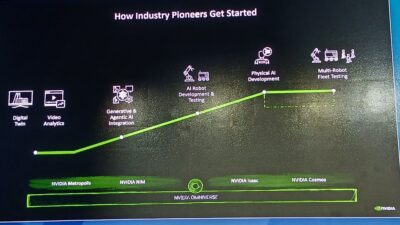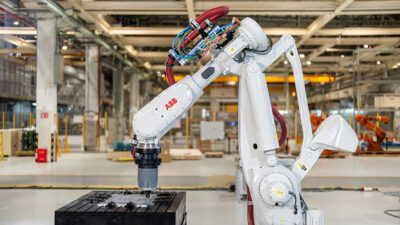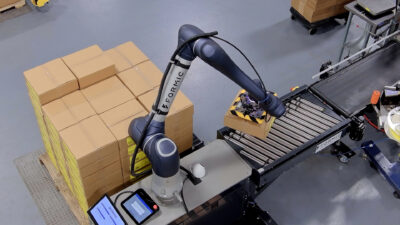Robots have advanced dramatically over the past few decades and are able to automate a wide range of tasks in an even wider range of industries inside and outside of the factory setting.

Robots have advanced dramatically over the past few decades since their initial use in the automotive industry. Over the years, they’ve come to be a reliable way to automate difficult, dirty and dangerous tasks for human workers.
Today’s robots are flexible and profitable. They’re also able to automate a wide range of tasks in an even wider range of industries inside and outside of the factory setting.
Challenges modern robots have overcome
Robots today are different than they were even 10 years ago. Robots have incorporated built-in safety features to minimize workplace incidents and work alongside human workers. With a diverse range of end-effectors and robot designs, they’ve also been expanded their potential uses compared to earlier robots.
Robots are also easier to program than ever before. Some robots don’t even need programming knowledge; traditional robots require unique programming expertise. Robots are also connected to internal manufacturing execution systems (MES) and enterprise resource planning (ERP) systems and deliver performance feedback and advanced production analytics. As these features have been added to modern robots, their initial costs have been steadily decreasing. This is making robots a viable solution for just about any industrial operation.
How are robots used?
Today’s robots, whether they’re industrial, collaborative, or professional service robots, are used in a wide range of industries. These may include:
- Automotive
- Assembly
- Welding
- Painting
- Electronics
- Medical device
- Packaging
- Material handling
- Nuclear
- Pharmaceutical
- Mining
- Agriculture
- Service
- Food
- Security
- Semiconductor
Today’s robots have evolved dramatically over the years. They feature a range of intelligent, safe, and even mobile technologies that expand their capabilities. Robots were once limited to performing one simple task repetitively. Now, robots can perform a variety of tasks in a wide range of settings, which boosts their profitability.
This article originally appeared on the Robotics Online Blog. Robotic Industries Association (RIA) is a part of the Association for Advancing Automation (A3), a CFE Media content partner. Edited by Chris Vavra, production editor, Control Engineering, CFE Media, [email protected].



